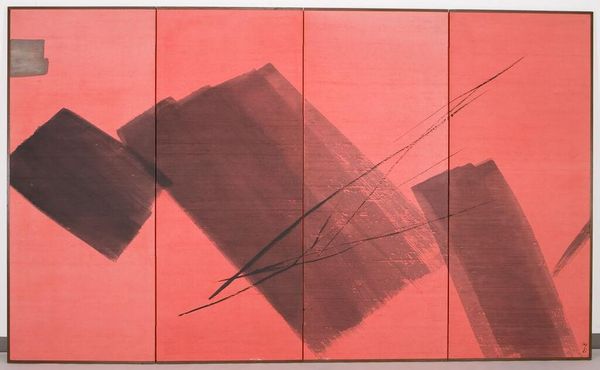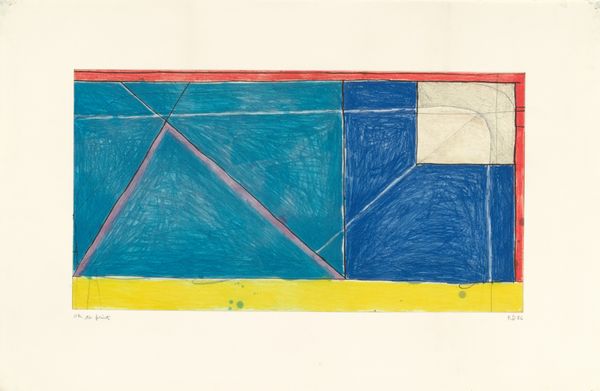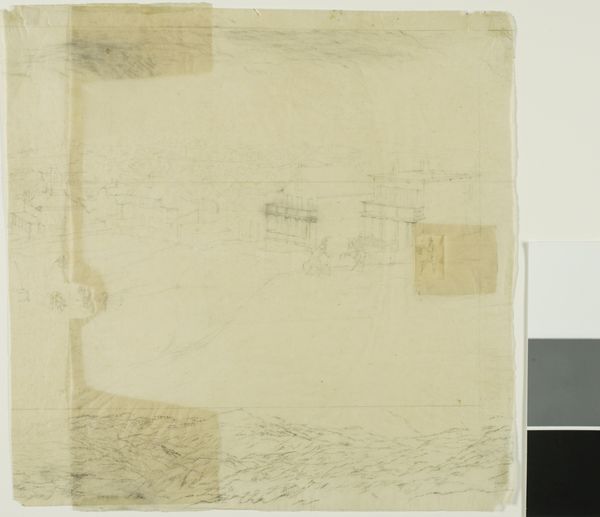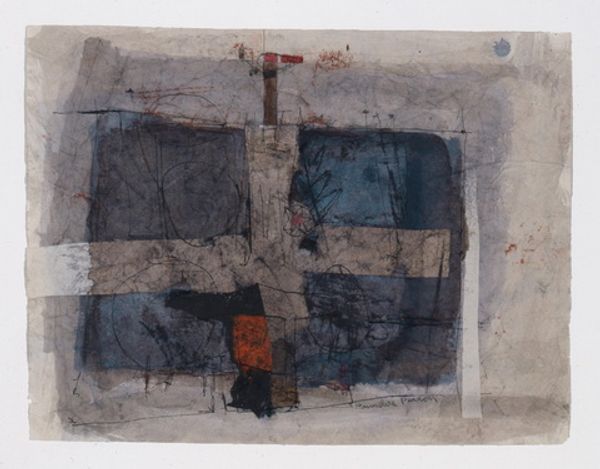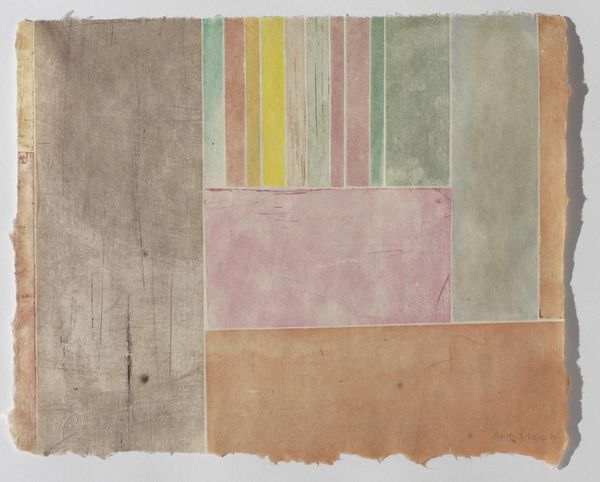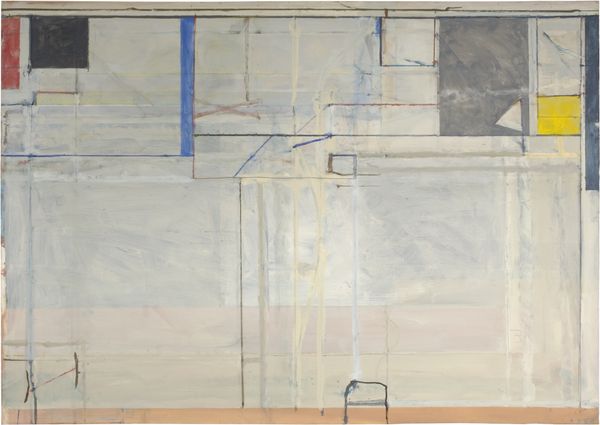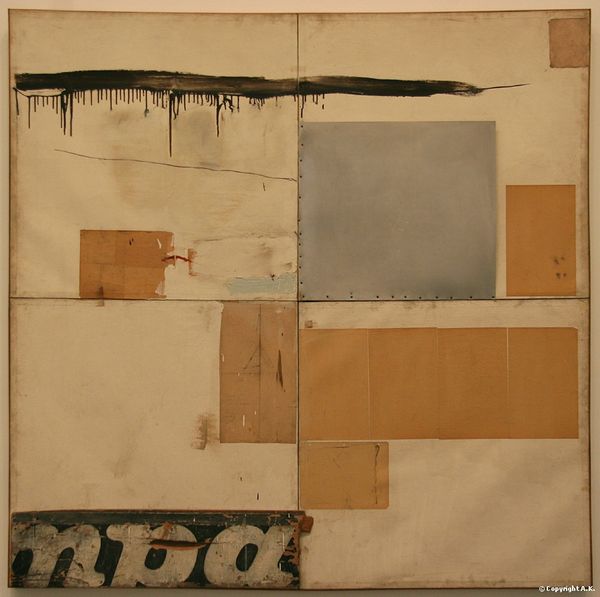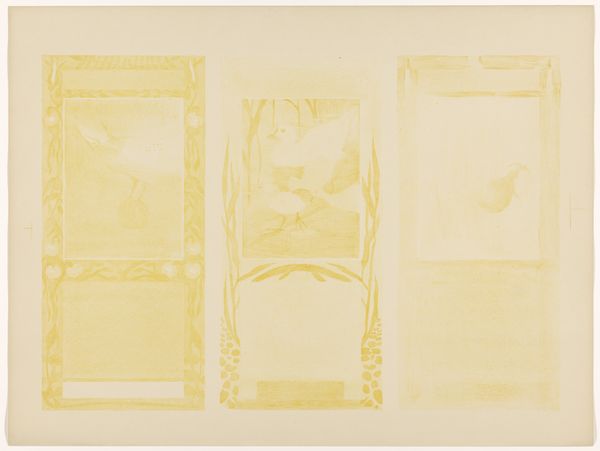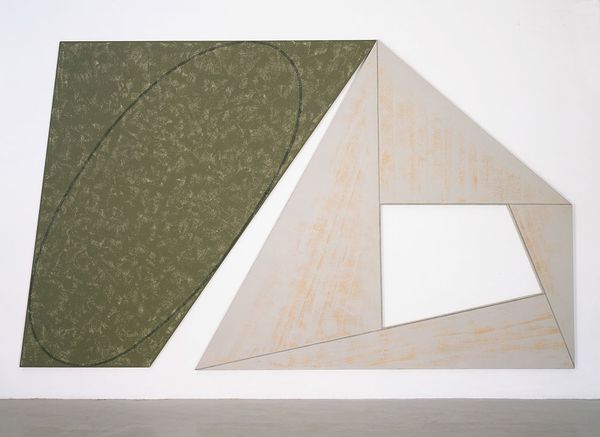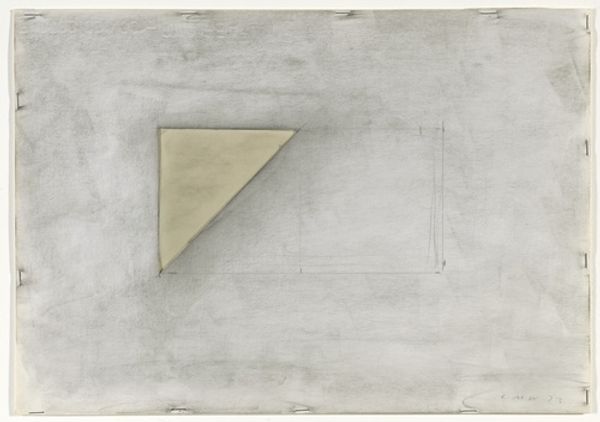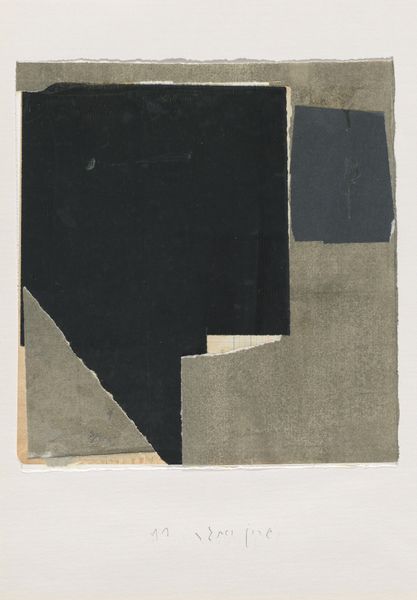
Dimensions: displayed: 2165 x 4871 x 480 mm support: 2166 x 1241 mm support: 2167 x 2106 mm support: 2166 x 1518 mm
Copyright: © Angela Verren Taunt 2014. All rights reserved, DACS | CC-BY-NC-ND 4.0 DEED, Photo: Tate
Editor: This is Ben Nicholson’s "Festival of Britain Mural." The Tate doesn't give it a precise date, but it must have been around 1951. It's large and abstract, with shapes and lines over muted colours. What stories do you think this mural tells? Curator: It whispers of a nation rebuilding, not just physically but ideologically, after the war. The geometric forms suggest a utopian vision, a structured and rational future, but the muted palette hints at the austerity that still lingered. Editor: Austerity? Curator: Yes, the Festival of Britain was meant to boost morale, but it also occurred during continued rationing. Nicholson’s abstraction, divorced from overt propaganda, instead speaks to a quieter, more internalized sense of hope and national identity in flux. Does that make sense? Editor: Yes, it does. I see it as less about obvious celebration and more about subtle aspiration now. Thanks!
Comments
tate 8 months ago
⋮
http://www.tate.org.uk/art/artworks/nicholson-festival-of-britain-mural-t07027
Join the conversation
Join millions of artists and users on Artera today and experience the ultimate creative platform.
tate 8 months ago
⋮
The 1951 Festival of Britain brought together artists and architects in a celebration of British culture which looked to the future as well as the past. Misha Black, one of the principal organisers of the Festival, later wrote: 'Those of us who were responsible for the design of the exhibition set ourselves two objectives. The first was to demonstrate the quality of modern architecture, landscape architecture and town planning; the second to show that painters and sculptors could work with architects and exhibition designers to produce an aesthetic unity.' (quoted in Banham and Hillier, p.92) One of the buildings constructed for the exhibition was the Riverside Restaurant, designed by Maxwell Fry and Jane Drew, who approached Nicholson in June 1950 to paint a mural for the entrance.Nicholson was one of the leading British contemporary painters of the time and his work was the most important commission for the restaurant. Barbara Hepworth and Eduardo Paolozzi also received commissions. Drew suggested the idea of a concave mural, to echo the curved entrance to the restaurant, an idea Nicholson found appealing. The materials, which even by 1950 were still scarce, were provided by the commissioners. Nicholson worked on the three panels throughout the autumn of 1950 and finished the mural in January 1951. It was installed in April. The outer two panels are curved, the central panel flat, although the general appearance of the work is of a regular curve. Geometric motifs played an important role in Nicholson's work of this period. The dynamic movement of the lines in this mural is consistent with the angularity of the contemporary sculpture of Reg Butler, Lynn Chadwick, William Turnbull and Robert Adams. Much British sculpture of the 1950s expressed a sense of angst, although Nicholson insisted that his was an optimistic piece. The use of dynamic lines also paralleled such architectural forms in the Festival as the Skylon designed by Powell & Moya. Reflecting the fashion for openly displaying support structures, fretwork girders were no longer clad but were prominent on the outside of buildings, setting up rhythmic patterns. Nicholson's mural echoes these concerns.Nicholson's mural is the largest painting to have been executed by him, and among the largest made by any contemporary European artist. It was later displayed for a time in the VIP lounge at London-58s Heathrow Airport. The Arts Council subsequently gave it to Edinburgh University, who presented it to the Tate Gallery.Further reading:Mary Banham and Bevis Hillier (eds.), A Tonic to the Nation: The Festival of Britain 1951, London 1976, pp.103-4, reproduced p.103Terry RiggsOctober 1997

